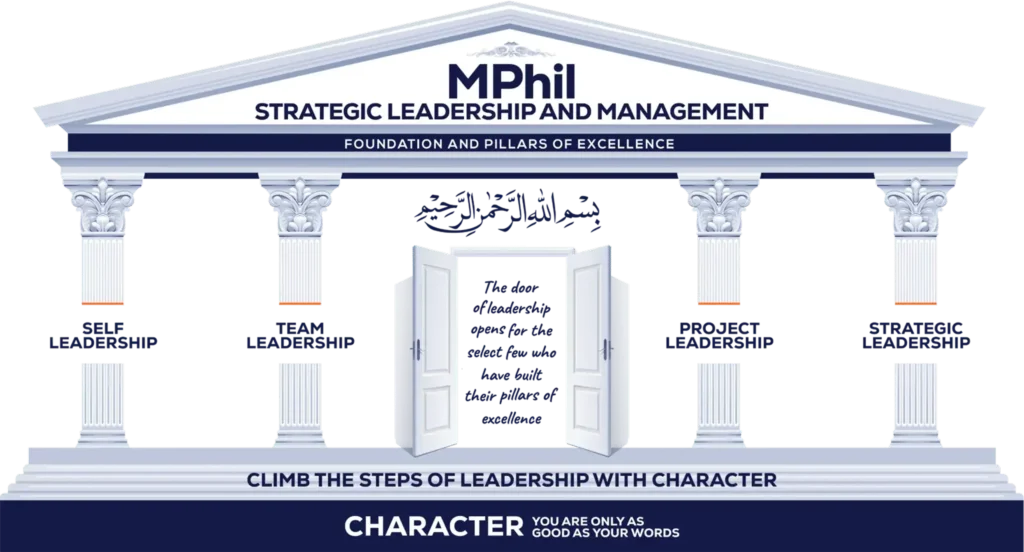
TEAM-LEADERSHIP: 2nd Pillar of Excellence
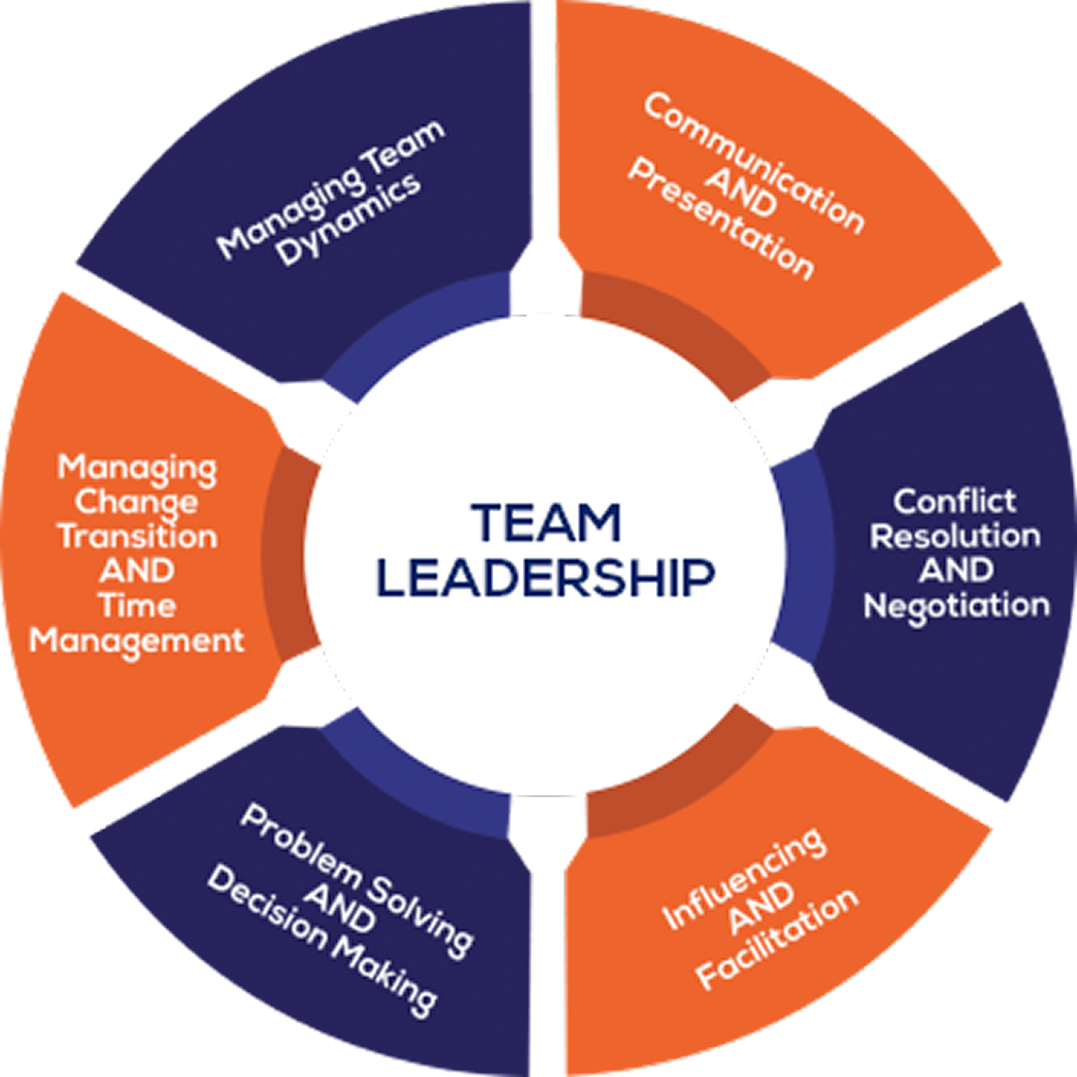
Communication and Presentation

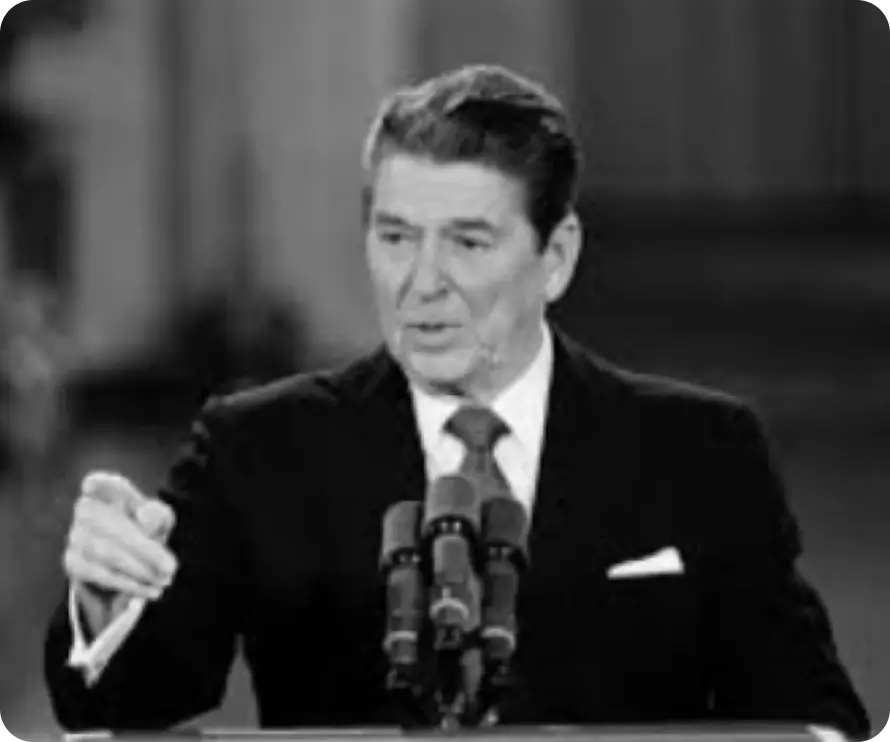
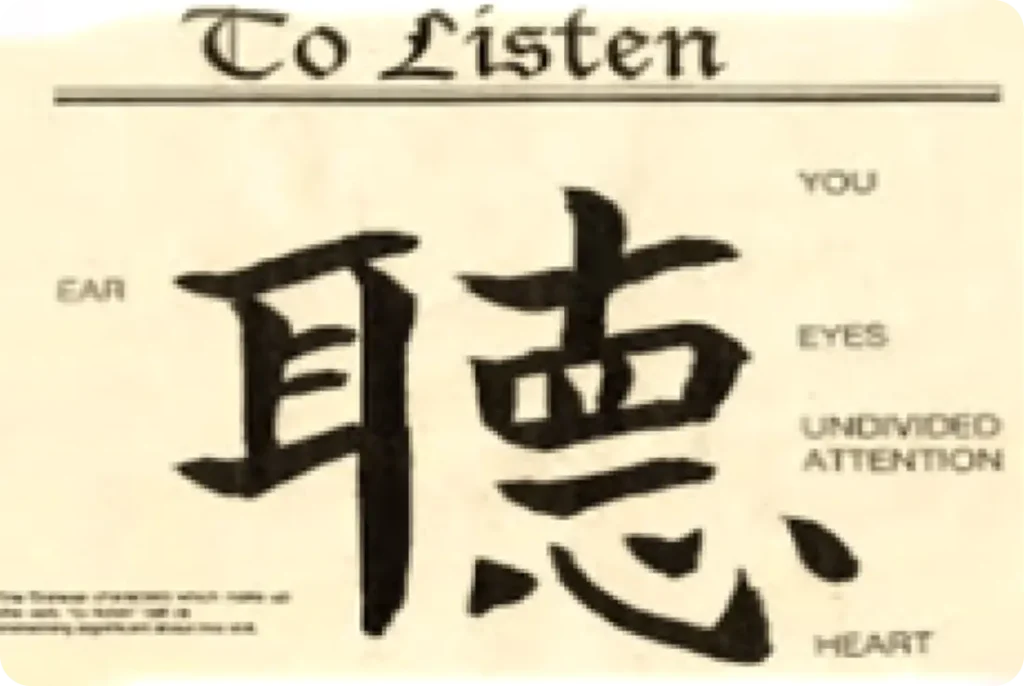
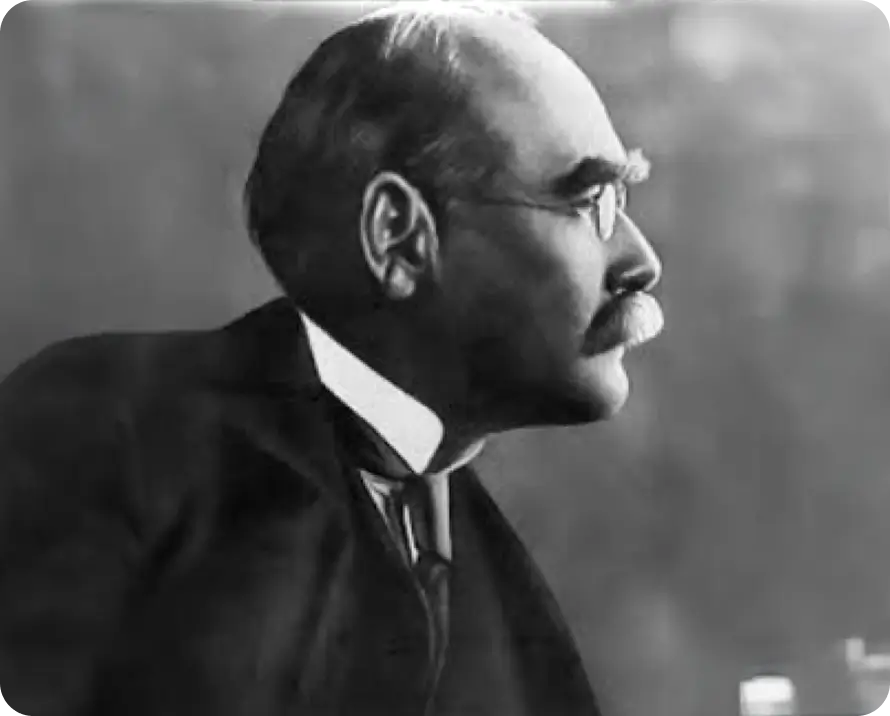
Rudyard Kipling
Asking the right questions enables a leader to:
- Overcome objections
- Get cooperation
- Show that you care
- Reduce anxiety
- Defuse volatile situations
- Gain control in risky situations
- Plant your own ideas
- Open lines of communication
- Gain information
- Persuade people
- Stimulate thinking
- Clear up confusion
- Motivate employees
- Solve problems
- Soften criticism
- Reduce mistakes
We Are Still Not Done With Communication Yet!
Time for Etiquette and Mannerisms


Isaac Newton


Managing Change Transition


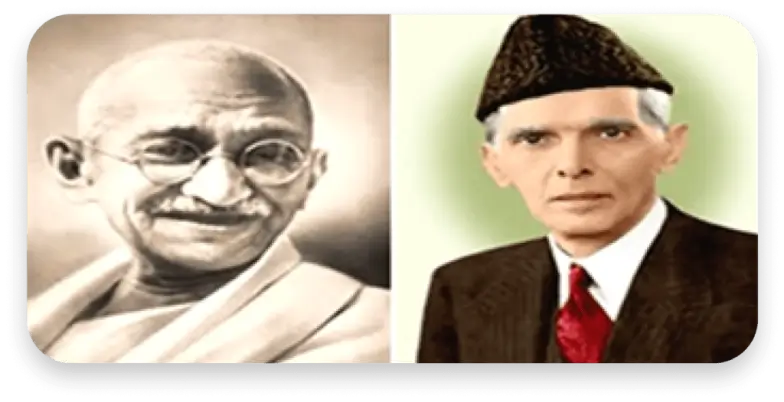
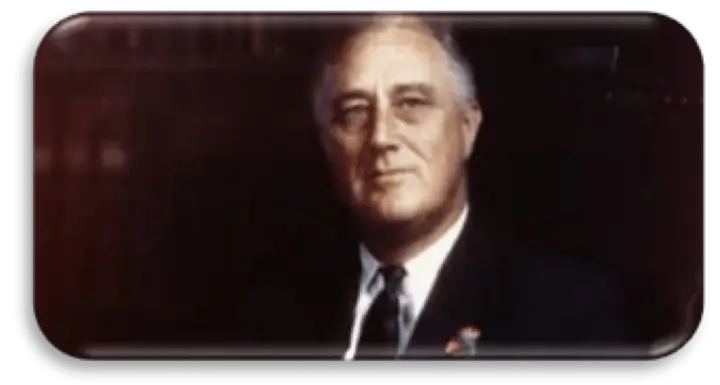
Time Management

Problem Solving and Decision Making
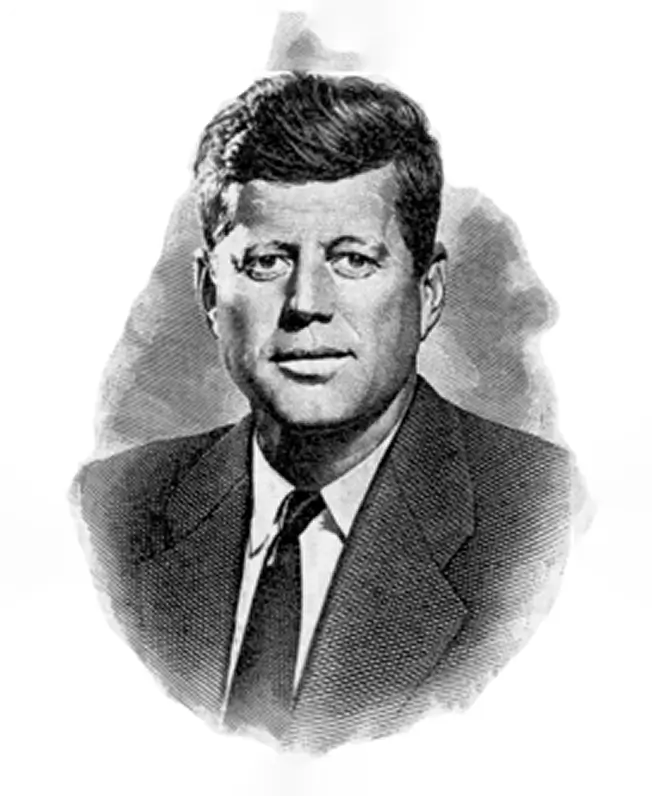

- Why did the Trojan rulers drag that suspicious-looking wooden horse inside their walls despite every reason to suspect a Greek trick?
- Why did successive ministries of George III insist on coercing rather than conciliating the American colonies though repeatedly advised by many counselors that the harm done will be greater than any possible gain?
- Why did Charles XII and Napoleon and successively Hitler invade Russia despite the disaster incurred by each predecessor?
- Why did Montezuma, master of fierce and eager armies and of a city of 300,000, succumb passively to a party of several hundred alien invaders even after they had shown themselves all too obviously human beings, not gods?
- Why did Chiang Kai-shek refuse to heed any voice of reform or alarm until he woke up to find his country had slid from under him?
- Mao Tse-tung’s Great Leap Forward, with a steel plant in every backyard, and Cultural Revolution were also exercises in unwisdom that greatly damaged China’s progress and stability.
Conflict Resolution and Negotiation


Meeting Facilitation

Newsweek Article: Secrets From Inside the Obama War Room
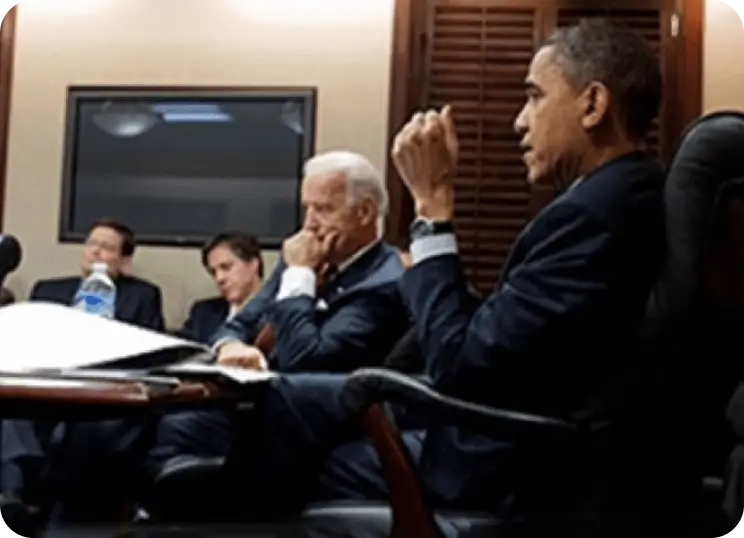
“The only way we’ll consider this is if we get the troops in and out in a shorter time frame,” Obama said.
If you can’t do the things you say you can in 18 months, then no one is going to suggest we stay, right?”
The president then encapsulated the new policy: in quickly, out quickly, focus on Al Qaeda, and build the Afghan Army. I’m not asking you to change what you believe, but if you don’t agree with me that we can execute this, say so now,” he said.
Obama wanted to make sure General Petraeus was crystal clear on the project timeline.
To avoid leaving any room for misinterpretation, Obama questioned if the participants understood his expectations.
At the end of the meeting, Obama once again summarized the new policy, and then questioned the participants if they had any reservations. This was to ensure that any disagreements were addressed in the meeting and that there was a consensus in the team.
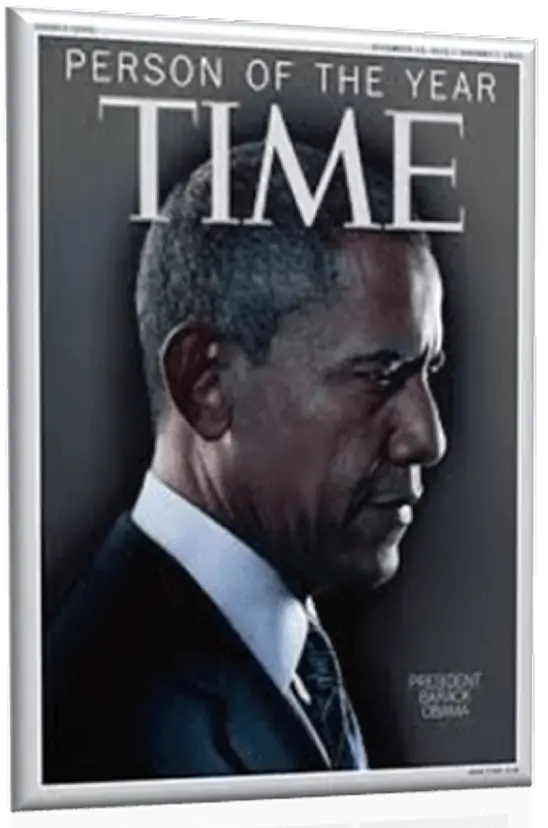
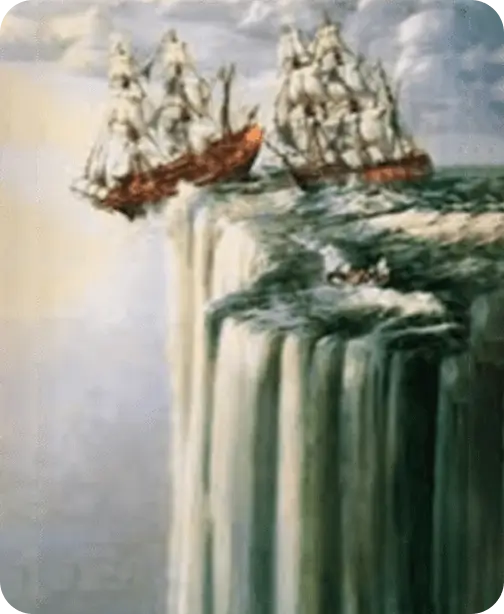
Influencing Skills
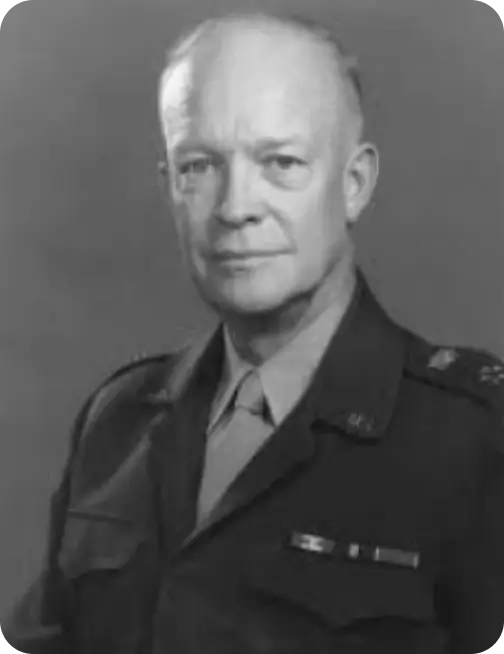
Managing Team Dynamics


